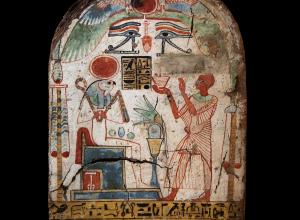Most people think of oil paintings when they think of Impressionism, but almost half of the works in the eight Impressionist exhibitions held in Paris between 1874 and 1886 were prints and drawings, and pastels have become increasingly popular with collectors.
Art Galleries & Museums
At 95 years old, Alex Katz certainly makes painting look easy. The 140 or so pieces comprising this Guggenheim survey of Katz’s nearly eight-decade career fill the museum’s rotunda effortlessly.
New York City has often served as the canvas on which American dreams are painted, so it’s fitting that Edward Hopper (1882–1967), an acute observer of strangers lost in one reverie or the next, made Gotham his home and ongoing subject.
Three hundred years after the Salem Witch Trials, we are still reckoning and learning from this period of American intolerance and injustice. The trials of 1692-1693 led to the deaths of twenty-five innocent people, most of whom were women.
The North Carolina Museum of Art began its “collection of art for the people” in 1928 when the then North Carolina State Art Society received a bequest of approximately 75 paintings from Robert F. Phifer.
Ugandan multidisciplinary performance and installation artist, Acaye Kerunen, is making quite a splash on the international art scene. Combining storytelling, writing, acting, and activism in her art, Kerunen designs and creates ambitious, beautifully rendered biomorphic textile installation pieces.
Eight years in the making, this sprawling show of some 350 photographs, videos, and multimedia installations is filled with factual content and ambiguity.
Oman, a country neighboring Saudi Arabia, the United Arab Emirates and Yemen, witnessed the opening of its largest private art gallery during the pandemic, Alia Gallery. A converted warehouse located in Muscat’s industrial area of Al Rusayl, the gallery is the brainchild of Omani artist Alia Al Farsi, one of the Sultanate’s most established artists. With a career spanning decades, Al Farsi has exhibited her work in cities such as Paris, Brussels, Seoul, Venice and Tokyo. But the gallery, which carries her name, remains her proudest achievement to date.
Two decades before he was interred beneath a stark tombstone, the artist Andrew Wyeth imagined his own funeral. In about fifty drawings from the early 90s known as the “Funeral Group,” he sketched family and friends gathered around a coffin containing his supine corpse.
“New York: 1962-1964” is a celebration of the institution hosting it. The Jewish Museum has been a venerable fixture in New York’s cultural firmament for what seems like forever, but six decades ago, under the directorship of Alan Solomon, it was the premier incubator for cutting-edge art when NYC was its undisputed center.


![DEl Kathryn Barton [Australian b. 1972] the more than human love , 2025 Acrylic on French linen 78 3/4 x 137 3/4 inches 200 x 350 cm Framed dimensions: 79 7/8 x 139 inches 203 x 353 cm](/sites/default/files/styles/category_card_187x139/public/ab15211bartonthe-more-human-lovelg.jpg?itok=LJbNuU6F)

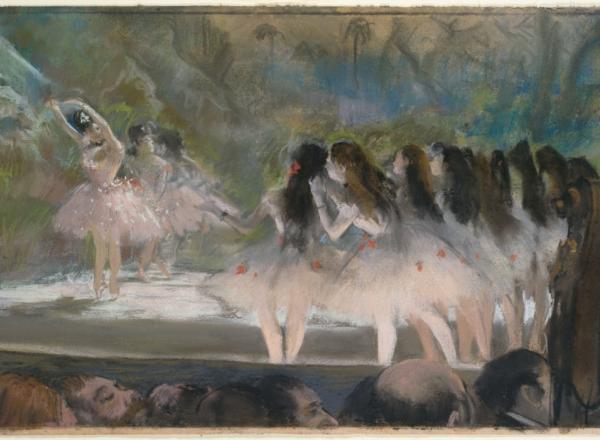
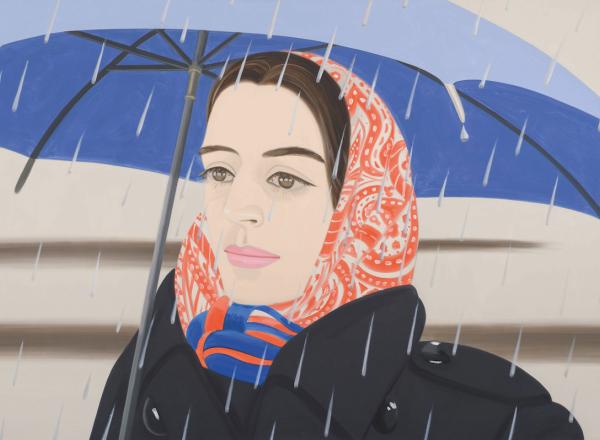
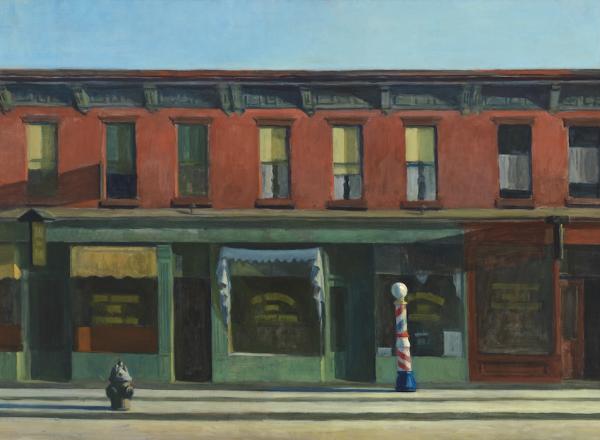
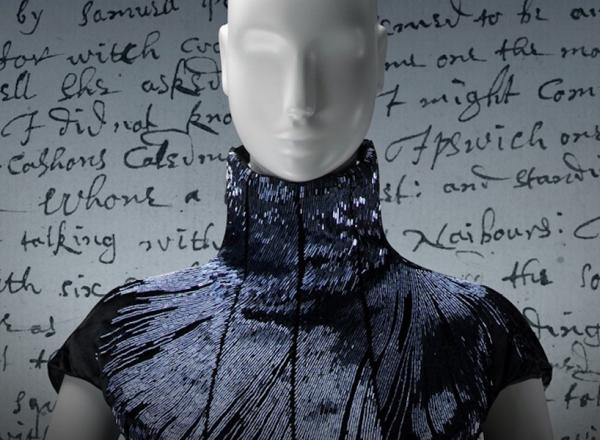
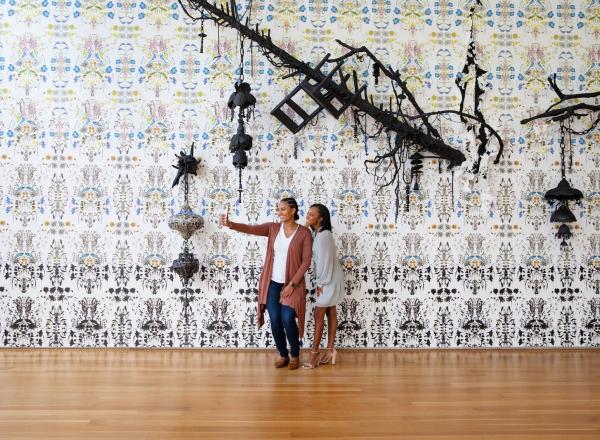
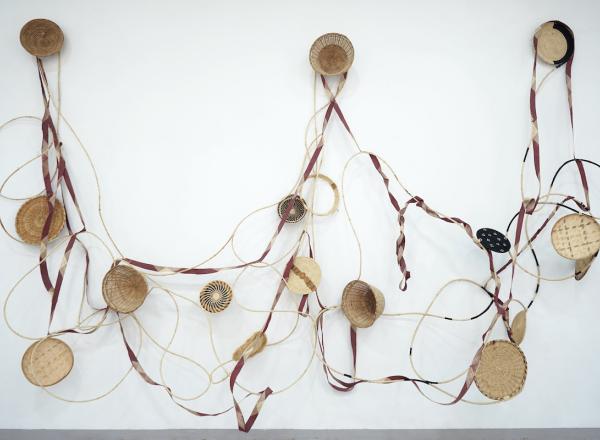

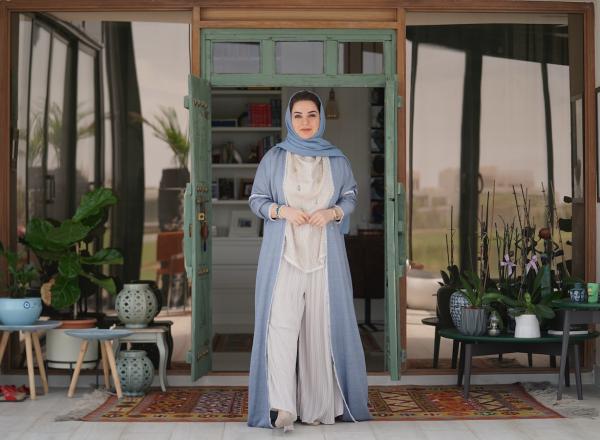
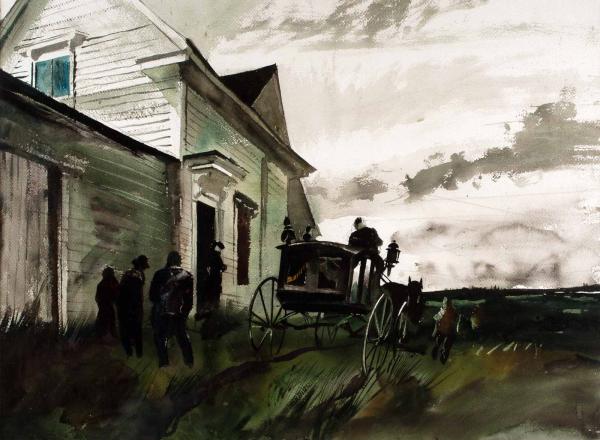
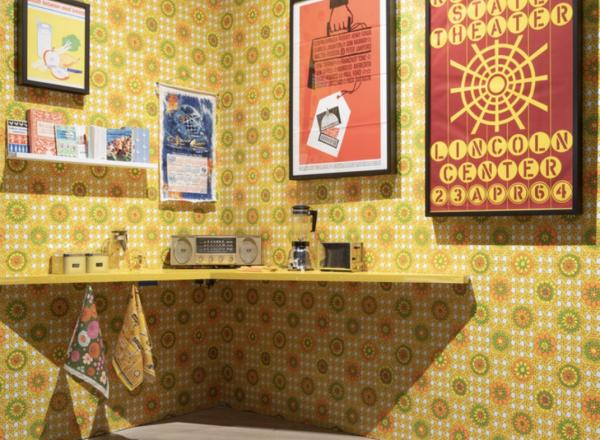






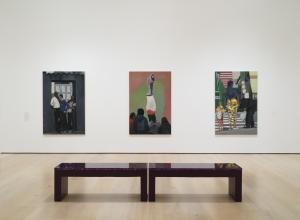

![DEl Kathryn Barton [Australian b. 1972] the more than human love , 2025 Acrylic on French linen 78 3/4 x 137 3/4 inches 200 x 350 cm Framed dimensions: 79 7/8 x 139 inches 203 x 353 cm](/sites/default/files/styles/image_5_column/public/ab15211bartonthe-more-human-lovelg.jpg?itok=wW_Qrve3)


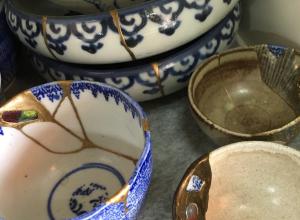



![Ginevra de’ Benci [obverse]. 1474/1478. Leonardo da Vinci. Oil on Panel. Ailsa Mellon Brue Fund, National Gallery of Art.](/sites/default/files/styles/image_5_column/public/ginevradebenciobverse196761a.jpg?itok=hIzdUTaK)
